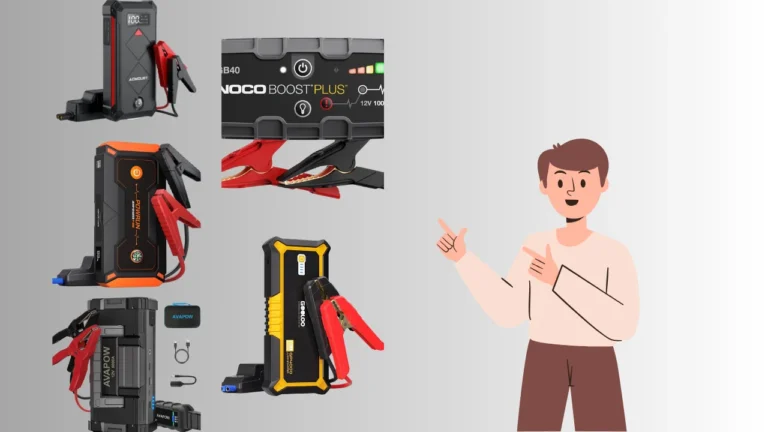Getting stuck with a dead battery happens to about 100,000 drivers each year. Knowing how to jump start a car with another car can save you from hours of waiting for help. With just a few steps, you could be back on the road in 15 minutes or less. Learn the steps on how to jump-start a car with a battery pack for emergencies.
All it takes is another car, some jumper cables, and basic know-how. Considering most car batteries last around 3-5 years, it’s smart to be prepared. You never know when you’ll need to jump-start a car to get going again.
Quick Look
To jump start a car with another car, park them close without touching and turn off their ignitions. Connect the red cable to the positive terminal of the dead battery and the donor battery, then attach the black cable to the donor’s negative terminal and a metal part of the dead car. Start the donor car, wait a few minutes, and then try starting the dead car.
Can I jump start my car with a hybrid or electric vehicle?
No, using a hybrid or electric vehicle to jump start your car is not recommended. Doing so can potentially damage the complex electrical systems in these vehicles, leading to costly repairs. It’s best to use a conventional car with a standard battery for jump-starting purposes. Find out how to jump-start 24V with a 12V battery safely and efficiently.
Required Tools and Equipment
Let’s talk about the essentials you’ll need to get your car back on the road. Having the right tools can make all the difference, and it’s pretty straightforward. Here’s a quick checklist to ensure you’re fully prepared.
- Jumper Cables: At least 10 feet long, with a 6-gauge thickness or lower for effective power transfer.
- Donor Vehicle: A car with a fully charged 12-volt battery. Avoid using hybrid or electric cars.
- Portable Jump Starter (Optional): Costs around $100-$150, useful when another car isn’t available.
- Owner’s Manual: Handy for checking any specific instructions related to your car’s battery.
- Protective Gloves and Safety Glasses: For extra safety when handling the cables.
Step-by-Step Guide: How to Jump Start a Car with Another Car
Jump-starting a car might seem daunting, but I’ll walk you through it step by step. With a few simple actions and some patience, you’ll have your vehicle running again in no time. Let’s dive in and get you back on the road quickly!
Step 1: Position the Vehicles
Park the cars close together, around 18-24 inches apart, without touching. This ensures the jumper cables reach both batteries easily. Keep both cars in park or neutral, and set the parking brakes.
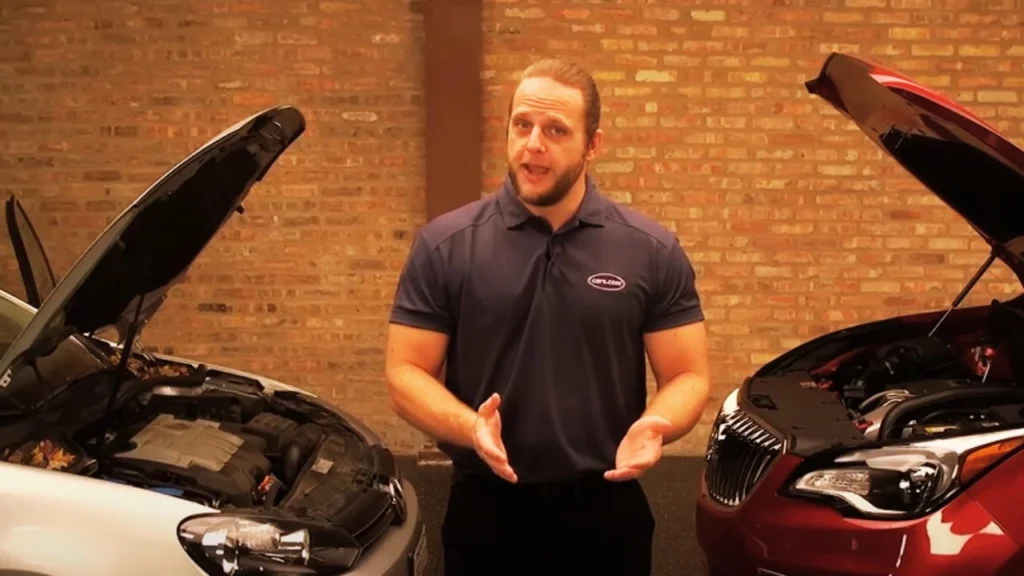
Step 2: Connect the Red Cable
Attach the red jumper cable to the positive (+) terminal of the dead battery. Then, connect the other end to the positive terminal of the working battery. This step ensures proper current flow between batteries.
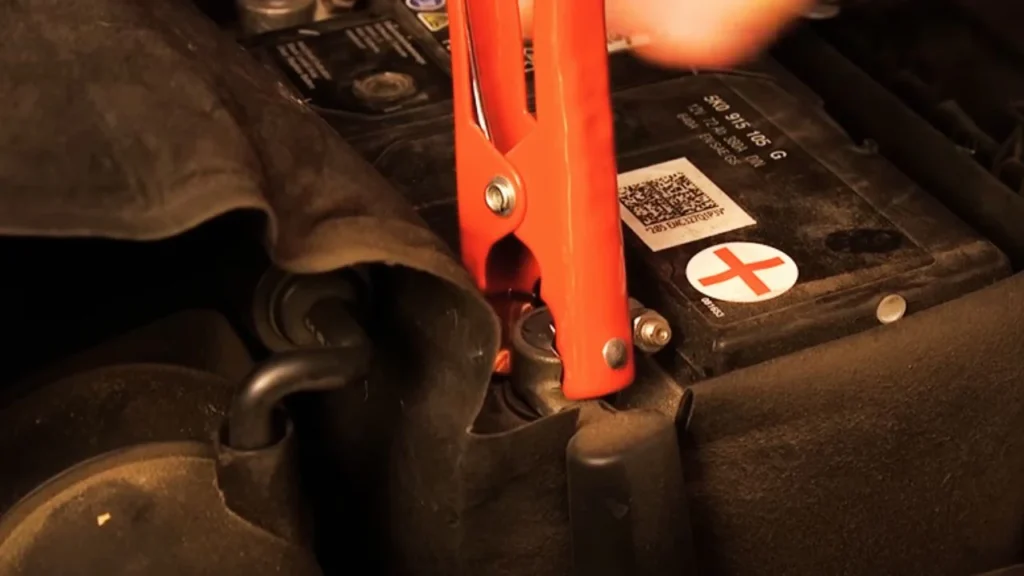
Step 3: Attach the Black Cable
Connect one end of the black cable to the negative (-) terminal of the donor car’s battery. The other end should be attached to an unpainted metal part on the car with the dead battery, at least 12 inches away from the battery.
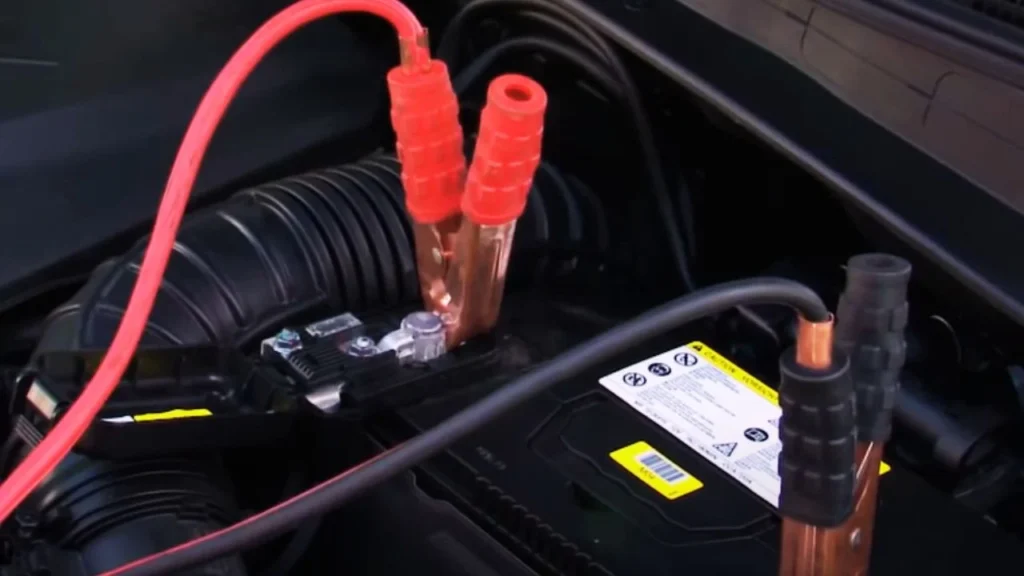
Step 4: Start the Donor Car
Start the car with the working battery and let it idle for 3-5 minutes. This allows the dead battery to absorb some charge. If the dead battery is completely drained, you might need to wait 10 minutes.

Step 5: Attempt to Start the Dead Car
Try starting the car with the dead battery. If it doesn’t start right away, wait a few more minutes. Don’t crank the engine for more than 5 seconds at a time to avoid damaging the starter.
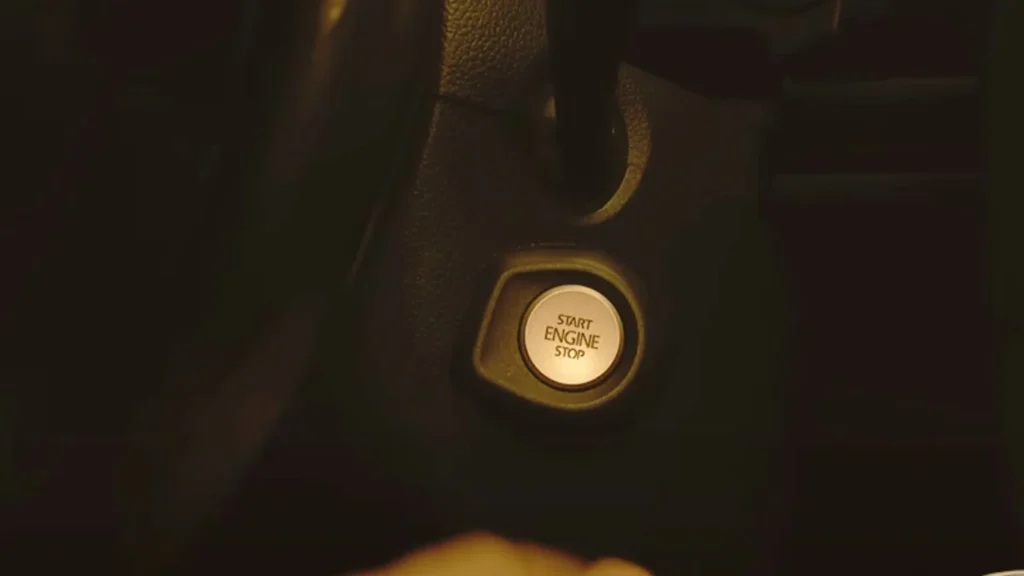
Step 6: Disconnect the Cables
Remove the jumper cables in the reverse order: black cable from the unpainted metal surface, black cable from the donor battery, red cable from the donor battery, and lastly, red cable from the previously dead battery.

Step 7: Let the Revived Car Run
Allow the newly started car to run for at least 30 minutes to ensure the battery charges properly. This will help prevent needing another jump-start the next time you try to drive.
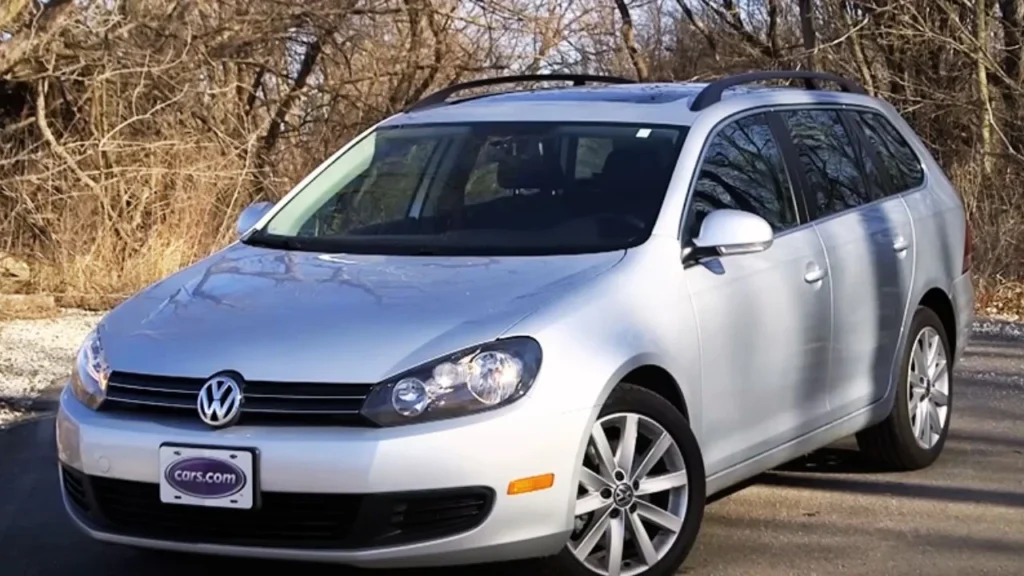
Disconnecting the Jumper Cables Safely
After successfully jump-starting your car, removing the jumper cables safely is the next step. It’s more than just unclipping wires; doing it wrong could cause sparks or damage. Let’s walk through how to do it correctly, step by step.
Step 1: Turn Off Both Engines
Start by switching off the engines in both cars. This simple step minimizes the risk of electrical issues. It’s a quick task that takes only about 1-2 minutes but is crucial for safety.
Step 2: Remove the Black Clamp from the Grounded Surface
The first clamp to remove is the black one connected to the unpainted metal surface on the revived car. Carefully unclip it and set it aside to avoid accidental contact with other metal parts.
Step 3: Detach the Black Clamp from the Donor Car’s Negative Terminal
Now, move to the donor vehicle and remove the second black clamp from its negative terminal. This ensures the electrical circuit between the two cars is no longer complete.
Step 4: Remove the Red Clamp from the Donor Car’s Positive Terminal
With the black clamps removed, it’s time to disconnect the red clamp from the positive terminal of the donor battery. This step further reduces any potential risks.
Step 5: Unclip the Red Clamp from Your Car’s Positive Terminal
Finally, detach the red clamp from your car’s positive terminal. At this point, you should have all four clamps safely removed in just 3-4 minutes.
Extra Tip: Double-Check Everything
Before driving away, take 2-3 minutes to inspect the connections and ensure nothing is left dangling under the hood. A quick check can prevent future battery problems.
Drive to Recharge the Battery
Once the cables are removed, drive for at least 30 minutes or cover a distance of around 15-20 miles. This will help recharge the battery effectively. If your car has issues starting again, the battery might need a replacement.
Discover the best portable marine battery jump starter for your boating adventures.
Troubleshooting Common Problems
Jump-starting your car is often straightforward, but sometimes things don’t go as planned. If your vehicle still won’t start after a jump, it’s essential to troubleshoot effectively. This section will guide you through common issues you may encounter and how to handle them.
Car Doesn’t Start After Several Attempts
If your car doesn’t start after several tries, don’t panic. First, check the connections of the jumper cables to ensure they’re secure. Sometimes, a loose connection can prevent the flow of electricity, making it seem like your battery is still dead.
Sparks When Connecting Cables
If you see sparks while connecting the cables, it’s essential to stop immediately. Sparks often indicate a wrong connection, typically when the red and black clamps touch or if you accidentally connect to the wrong terminals. Recheck your connections before trying again.
Battery Seems Fine But Car Won’t Start
If everything seems fine but your car still won’t start, the problem might lie elsewhere. Issues with the starter motor, fuel lines, or ignition system can also prevent your vehicle from starting. In such cases, consulting a professional mechanic is the best course of action.
Signs of a Failing Battery
If you notice that your car struggles to start more frequently, it might be time for a battery check. Batteries typically last between three to five years, but excessive jump-starting can significantly reduce their lifespan. Regular maintenance checks can help you catch these issues early.
Know When to Call for Help
If you’re facing recurring issues even after a jump-start, don’t hesitate to call for help. Seeking assistance early can prevent more extensive damage and potential breakdowns in the future. Remember, it’s better to be safe than sorry when it comes to car troubles! Learn about the best jump starter for EV to keep your electric vehicle powered up anytime.
Safety Guide for Jump-Starting a Car
When I think about how to jump start a car with another car, the first thing that comes to mind is safety. Before we even get started, I always check my battery for leaks or damage. Did you know that 1 in 5 car batteries can have some issues, especially in extreme temperatures?
Preparing for the Task
Next, it’s crucial to remove any metal jewelry before working with the battery. I once learned the hard way that something as simple as a ring can cause a nasty spark. And let’s not forget: around 30% of car fires are linked to battery issues, so be mindful of your surroundings.
Ensuring Equipment is Safe
Finally, if you’re using jumper cables, make sure they’re in good condition. Inspecting them for wear can save you from potential hazards. Remember, a safe setup is a successful one when you’re figuring out how to jump start a car with another car.
Final Words
Jump-starting a car with another car is a useful skill that can save you from being stranded. Following the right steps increases your chances of success significantly, with a success rate of around 90%.
Now that you know how to jump start a car with another car, you’ll feel more confident tackling this common issue and getting back on the road quickly. Always remember to stay safe and check your battery regularly to avoid future problems!
Ali is a tech enthusiast and automotive aficionado, passionate about sharing insights on the latest innovations and industry trends.

